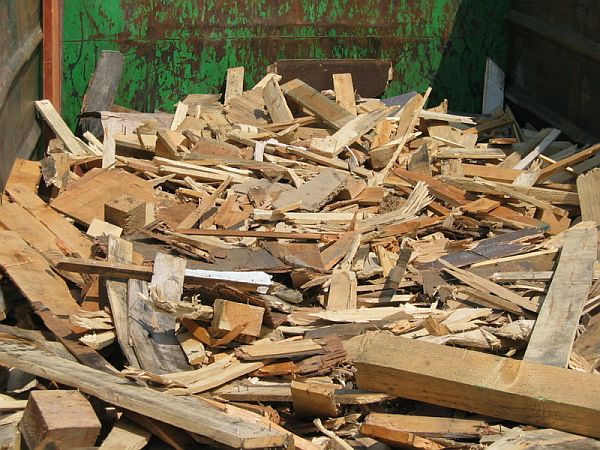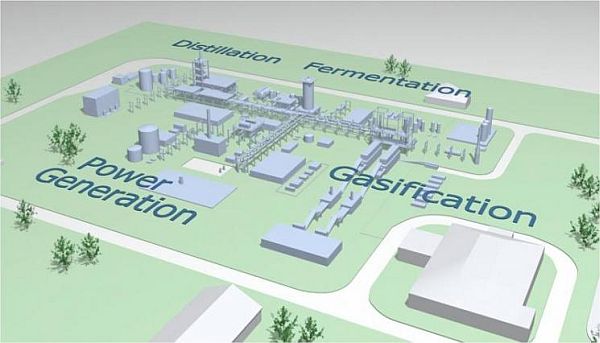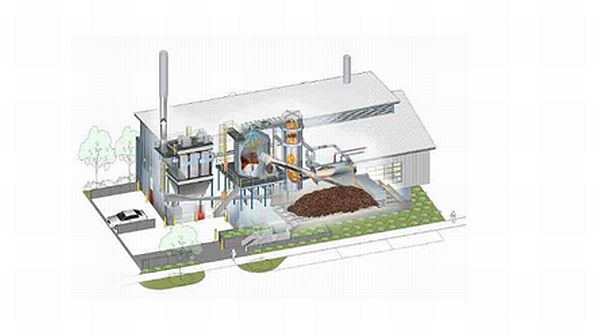The humankind has now realized that the fossil fuels, on which they rely completely, are diminishing at a swift pace. In order to create a sustainable energy future, we will have to opt for the green energy options like solar energy, geothermal energy and wind energy. For those who donât know, even the wood waste, generated by the sawmill industry and the forest operations is a promising renewable source of energy. The cumbersome waste, which is either disposed of as trash in waste streams or incinerated as a wasteful thing, can be consumed to provide both thermal and electric energy to thousands of households.

The trash story
The renewable energy produced by the wood waste from forest materials, sawmills, furniture industry etc. is more promising than other energy sources. The wood scrap that includes wood chips, barks, sawdust and even agricultural waste like fruit pits and corncobs contribute to an abundant amount of biomass energy, which is a growing class of alternative energy source. The wood scrap generates cleaner electricity than fossil fuels in terms of emanating green house gases. The wood waste also emits methane gas when left to decompose in a landfill. Therefore, the incineration of this waste will not only provide green power but will also help to reduce carbon as well as methane footprints. The by-products of wood generated by several industries can be reused to generate power and reduce the energy costs.
The Trash Miners
1. Railroad Wood Waste to Energy Technology Selection

The renewable energy developer company GESI (Green Energy Solution Industries) of Canada has recently hit a deal with Edmonton, Canada based On-Track. According to the contractual agreement the On-Track will provide 300,000 to 1.5 million rail ties to GESI without charging a penny from them. These wooden rail ties would be utilized by GESI as a raw material for converting waste into usable energy. The rail ties are dilapidated on site by On-Track before being given away for further use by GESI. The wood scrap is processed by making use of technologies that include pyrolosis systems and boiler systems to generate green power.
2. INEOS Biorefinery Is Changing the Clean Energy Game

A joint venture of INEOS Bio and NPE (New Plant Energy) Florida, the Indian River BioEnergy Center is aiming to produce cellulosic ethanol and renewable energy from scrap wood, vegetative and household waste. The plant is located in Vero Beach, Florida and is expected to be fully functional next year. The INEOS Bioâs biorefinery will have the tendency of generating 8 million gallons of biofuel that is ethanol, and 6 megawatts of green electricity that will be provided to approximately 1,400 households. The biorefinery will employ bioconversion process and efficiently produce bioethanol to use as a renewable road transport fuel. The process includes the reaction of waste with oxygen to produce a mixture of hydrogen and carbon monoxide. Thereafter the gas is cooled, cleaned and fed to bacteria, which converts it into cellulosic ethanol to be used as transportation fuel.
3. Turning Waste Wood into Gas-Fueled Energy

Nexterra Energy Corporation of North America is aiding to fight global warming by reducing the discharge of green house gases. The company constructs Biomass Gasification Systems that convert the wood scrap into a syngas to be used for heating as well as electricity generation. The gasification process includes the incineration of wood waste tree trimmings and the wood scrap left after clearing of land which would otherwise have gone to waste streams. The wood is burnt along with water in a low air environment to give rise to a synthetic gas and ash as residue. This syngas can be further purified and scrubbed to provide hot water and heat to nearby residences. This gas will also be used to produce green and efficient power.
The Gold rush
At this time of energy crisis, where civilians suffer with high energy costs due to shortage of fossil fuels and also are undergoing environmental disturbances due to pollution, relying on alternative resources has become essential. Scrap wood recycling and utilization for production of green energy has added itself to other renewable sources. With the development of technology and new gasification systems, the wood waste from forest harvesting, sawmill industry and furniture industries etc. is being utilized to generate heat as well as power. Moreover, the recycling of waste wood will save the planet from methane gas, which is produced by bio-degradation of wood scrap accumulated in landfills.




